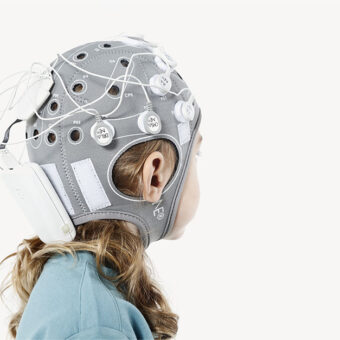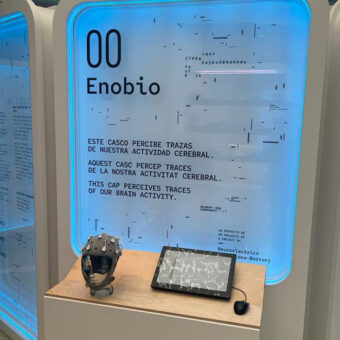Carrying out an EEG experiment is complex, expensive and time-consuming. This blog post is meant to provide a series of guidelines by focusing on a concrete experiment. Hopefully this will teach you some basic concepts regarding experimental design in general and it might also save you some time and money by not falling into typical and easily avoidable mistakes. Please also see my previous post 5 Bassic guidelines to carry out a proper EEG recording experiment, for further reading.
First of all, depending on our hypothesis we might design a transversal protocol or a longitudinal one, or even a mix of the two. A transversal protocol is one where we want to study differences between 2 groups of subjects, i.e. subjects suffering from schizophrenia vs. healthy control subjects. A longitudinal protocol looks for differences between the same group of subjects before and after certain conditions, i.e. differences in the EEG of a group of patients before and after taking medication. Longitudinal protocols are usually more time consuming and more complex, since it is mandatory to do a follow up of patients and in some cases this follow up can last for many years (study the differences in the EEG as a person grows up).
It’s also important to consider the number of subjects we want to participate in our study. The higher the number, the more accurate our statistical analysis on our results will be, but we will also spend more time on the recording, and that also implies more money. Also, it might be difficult to have access to certain types of participants (i.e. subjects suffering a psychotic outburst before taking medication). I would say the number should be at least 10. Less than that would probably be criticised by peer-reviewers in an attempt to publish our results.
Now let’s briefly describe a transversal study. Imagine I want to study some special EEG features that I suspect could be different between schizophrenic patients and control subjects. First of all I have to find a homogenous group of schizophrenic patients. By homogenous I mean that they should have all have the same characteristics (sex, age, IQ), same type of schizophrenia, with the same “intensity” (usually measured by the PANNS scale) and they should all take the same type of medication. This is important in order to have only one independent variable in our study. In other words, in order to be sure that the differences in the EEG features found in our study are only due to the Schizophrenia condition, we need to minimise the influence of other factors. Of course this is very hard to accomplish, and what we usually do is to match our control subjects to the schizophrenic ones (by age, IQ and other factors as well).
Once we have all our subjects contacted, we are ready to start the data recording campaign. We might only record spontaneous EEG,but usually, since we have probably spent a lot of time looking for participants, we might as well perform other protocols to have more data, and potentially more interesting results. For instance after recording spontaneous EEG, we can also register some ERP and maybe also other types of conditions such as having the subjects perform some cognitive tasks, etc. In any case don’t make your whole protocol longer than 45 minutes. The subject would get very tired and bored and that would probably bias your results.
Once the protocol is defined and you have your subjects, do a lot of testing and be sure you master the protocol before performing the first recording! You don’t want to have any problems in your first recording with a patient.
Once you have all your recordings, enjoy the data analysis and let’s hope you find interesting and statistically meaningful results in your data. May your work help increase the scientific knowledge and make the world more understandable and, hopefully, a better place to live in.



